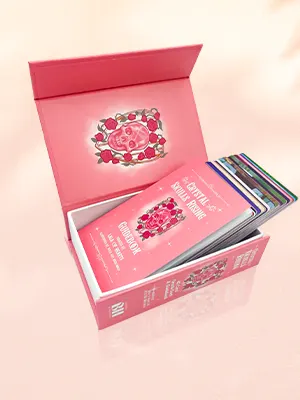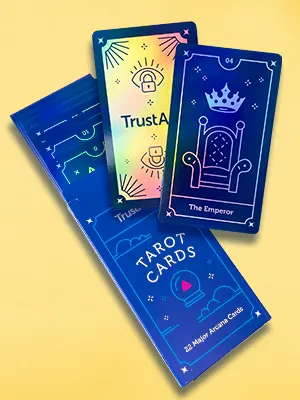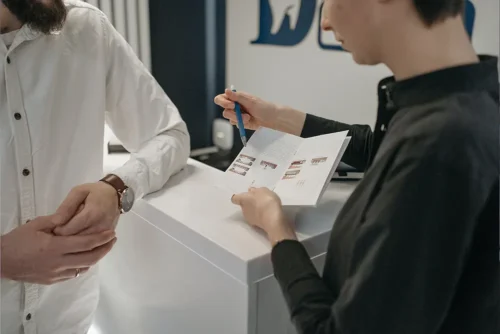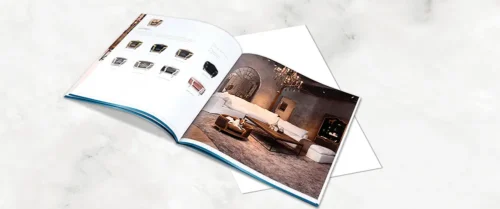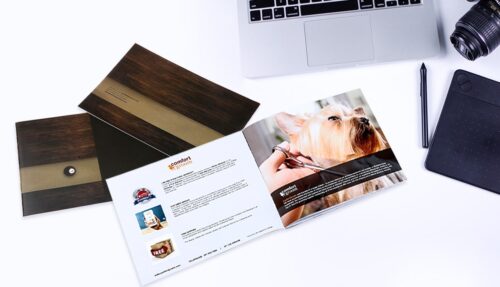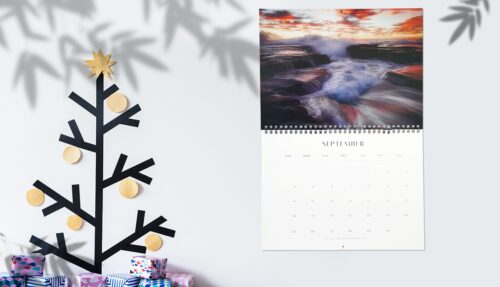What you need to know to prepare your exhibition catalog or museum book for print
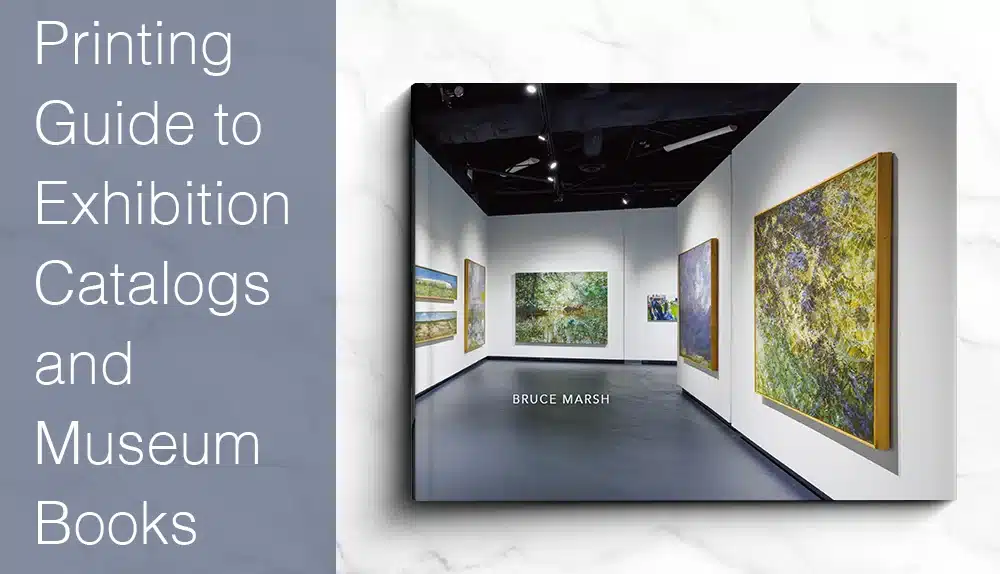
If you work with a museum, gallery, or arts organization and you’re planning to print an exhibition catalog or a museum book, you already know what’s at stake. These aren’t just books—they’re records of artistic and cultural work, often tied to once-in-a-lifetime projects. So the printing needs to be solid. No surprises, no shortcuts.
At QinPrinting, we print exhibition catalogs and museum books for institutions of all sizes—from regional arts centers to national museums. Some are modest, black-and-white documents with stapled bindings. Others are hardcover, full-color editions with cloth covers, foil stamping, and hundreds of high-resolution images. We’re used to both ends of the scale—and everything in between.
Summary table: Quick guide to printing museum books and catalogs
| Feature | Recommendation / Option |
|---|---|
| Common Formats | Softcover (saddle-stitched or perfect bound) or hardcover (casebound) |
| Paper Types | Gloss or matte coated paper for artwork; uncoated for text-heavy or archival content |
| Image Resolution | 300 dpi, CMYK color mode preferred |
| Binding Methods | Saddle stitching (≤64 pages), perfect binding, or case binding for hardcover |
| Finishing Options | Foil stamping, embossing, spot UV, ribbon markers (optional) |
| Multilingual Layouts | Side-by-side, mirrored layout, or separate editions |
| Print Run Size | 300+ copies recommended for offset printing cost-efficiency |
| File Format | Print-ready PDF with embedded fonts, correct bleeds, and high-res images |
| Proof Options | Digital or physical proof available before full production |
What counts as an exhibition catalog or Museum book?
Good question! There’s a bit of overlap between these terms, so let’s be clear. An exhibition catalog is usually tied to a specific show. It might include a curator’s essay, an artist’s statement, an introduction by the museum director, and a selection of artworks—often with images, captions, and dates. Some are slim, 32-page softcovers. Others are more substantial and intended to live on a bookshelf.
A museum book can take many forms. It might be a retrospective of an artist’s career, a historical survey, a donor-funded project, or a guide to part of a permanent collection. These tend to be longer and may include academic essays or extended image galleries.
Whatever format you’re planning, we can help you get the technical side right so the finished book looks and feels exactly as it should.
Image reproduction: What we need from you
This is probably the part people worry about the most, and we get why. If the artwork isn’t printed well, the book doesn’t do its job.
Here’s what you need to know. We use offset printing with high-resolution imaging plates, which means excellent color consistency and detail. But that also means your image files need to be up to standard. You’ll want to supply high-quality JPEG files at 300 dpi, in CMYK color mode. RGB images can cause unexpected shifts when they’re converted, so it’s better to convert them yourself or work with a designer who can.
We’re happy to check a few sample images before you send the final files, just to make sure everything’s working the way it should. If anything looks off—pixelation, strange color balance, resolution too low—we’ll let you know.
Paper choices for art and photography books
Paper stock is a bigger factor than people often realize. It affects both how images look and how the book feels in your hands.
Most museum clients choose coated paper for photography and artwork. Gloss or matte coated stocks bring out color and detail, while uncoated paper gives a softer, more muted look that some institutions prefer, especially for historical or archival material. We can also provide specialty papers if you’re working on a limited edition or commemorative project.
We’ll send you samples so you can feel the options for yourself before making a decision. That’s part of the service.
Timelines and coordination
We can usually turn around a standard offset book order within one to four weeks after final proof approval. Hardcover books may take a little longer, especially with cloth covers or special finishing. But you’ll always know upfront how long it will take, and we won’t shift the timeline mid-production.
If you’re coordinating a multi-title seasonal release or have a distributor deadline, just let us know. We’re used to working around print schedules, especially for publishing programs that follow catalog seasons.
Page layout and design tips
We don’t do design in-house, but we work with designers every day. If you’re handling design internally, here are a few things to keep in mind for print:
- Margins: Allow enough white space so that text and images don’t crowd the trim.
- Bleed: For any images or color blocks that go to the edge of the page, add a 3 mm bleed (we’ll trim it off after printing).
- Image placement: Try not to place important parts of an image too close to the spine—especially in perfect bound or casebound books.
- Fonts: Use fonts that are readable when printed and make sure they’re embedded in your PDF before you send us the files.
We’ll do a full pre-press check once you submit your files, and we’ll flag anything that could cause issues. You’ll also have the option to approve a digital proof or request a physical proof before we print the full run.
Covers, bindings, and special finishes
Hardcover or softcover? Lay-flat binding or perfect binding? Foil or no foil? These choices depend on your goals and your budget.
Here’s a quick breakdown of what many institutions choose:
- Softcover catalogs for short-term exhibitions, fundraisers, or free giveaways. Saddle stitching is fine for up to 64 pages; perfect binding works well for thicker books.
- Hardcover museum books for retrospectives, limited editions, and long-term collections. You can choose cloth, printed paper, or leather wrap covers.
- Finishing options like foil stamping, embossing, spot UV, or ribbon markers if you want to elevate the design or create a keepsake.
We can walk you through the options based on the size of your run, your budget, and your deadline.
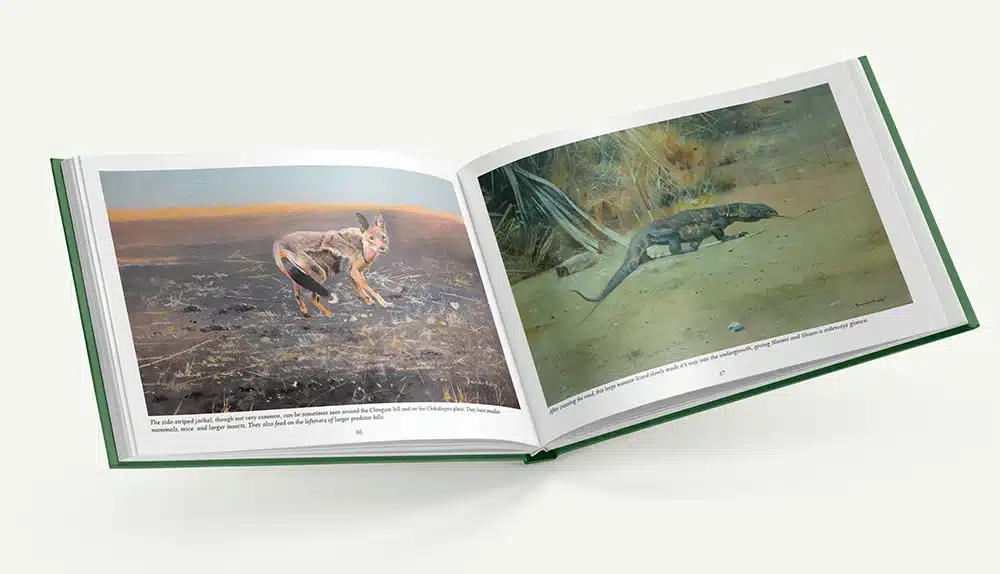
Multilingual editions
Many museums publish in more than one language, especially for international exhibitions. We support bilingual and multilingual layouts—side-by-side, mirrored pages, or sections organized by language. If you’re doing multiple versions of the same book, each in a different language, we can batch the print run so you get consistent quality and lower per-unit pricing.
Print run size and cost considerations
Offset printing becomes more economical at higher quantities. If you’re printing fewer than 300 copies, you might find digital printing more cost-effective. But for anything above that range, offset gives you better pricing per unit and better print quality.
We’ll give you transparent quotes based on quantity, page count, size, paper, binding, and finishes. There are no hidden costs, and you’ll have a real person to talk to if you have questions.
Sustainability and materials
We understand that many museums have environmental commitments. We offer a range of FSC-certified papers, soy-based inks, and packaging options that reduce plastic use. If you’re producing a book for an exhibition with an ecological theme, or if you’re working with grant funding tied to sustainability, we’re happy to help you choose materials that align with your goals.
Shipping and international delivery
We ship worldwide and regularly work with institutions in North America, Europe, Asia, and Australia. If you need your books delivered to multiple locations—for example, one set for your museum shop and another for a partner institution—we can arrange split deliveries. We also offer help with customs paperwork and can provide delivery tracking throughout the process.
Frequently asked questions
1. Can you print books that include both photographs and text-heavy essays?
Yes. We handle mixed-content layouts regularly. If you’re using full-bleed images alongside dense text, we recommend discussing your layout with us early so we can advise on paper choice and file prep.
2. What's the typical turnaround time for a museum catalog?
Once your final files are approved and the proof is signed off, production usually takes 2 to 3 weeks. Shipping time depends on the destination. We’ll give you a detailed timeline with your quote.
3. Do you accept InDesign or other design files instead of PDFs?
We work from print-ready PDFs only. However, we can guide your designer in exporting the right file format, and we offer a checklist to help.
4. Can you print exhibition catalogs in non-standard sizes?
Yes. Custom sizing is no problem. Just let us know your dimensions, and we’ll confirm the options for binding and paper.
5. Is it possible to reprint or reorder later in smaller quantities?
Yes. If we already have your approved files, a smaller reprint is possible, though per-unit cost may be a bit higher due to setup time.
6. Can we include QR codes or links to digital content?
Absolutely. Just make sure they’re high resolution and tested for readability at the size you want to print.
7. Do you offer help with ISBNs or barcodes?
We don’t supply ISBNs, but if you have one, we can add a scannable barcode to your back cover or inside flap.
Working with QinPrinting
You don’t need to be a printing expert. That’s our job. What we need from you is clarity about your timeline, your goals, and your budget. We’ll help you figure out the rest—from paper stock to spine thickness to whether your designer has set up the bleeds correctly.
Talk to us. We're here to help!
If you’re working on your first museum book, or you’re just looking for a new print partner who can meet high expectations without wasting your time or money, we’d be happy to talk. Get in touch any time. We’ll walk you through it. Just shoot us an email at [email protected] or call us on +1 951 866 3971, and we’ll be delighted to discuss your needs.

